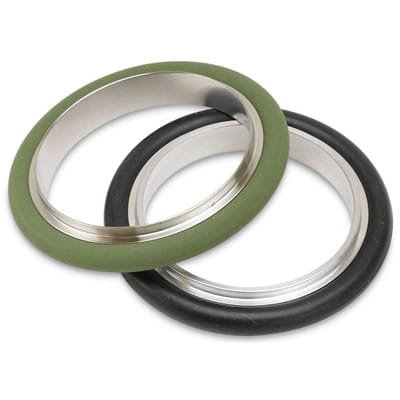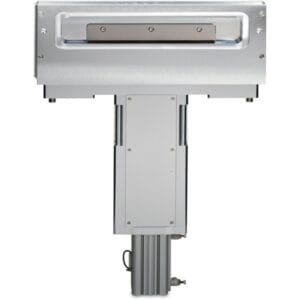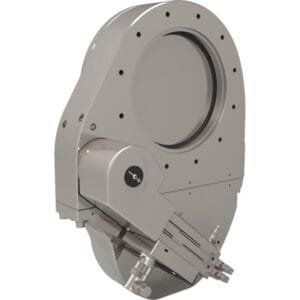Introduction to KF (QF) HV Centering Rings (Stainless Steel)
In the realm of high and ultra-high vacuum (HV/UHV) systems, sealing integrity is everything. One small leak can compromise experiments, degrade performance, or damage equipment. That’s why KF (QF) hardware, and specifically KF (QF) HV Centering Rings made from stainless steel, play a critical role in modern vacuum setups. At TFM, we offer precision-engineered stainless steel centering rings designed for reliability, repeatability, and compatibility with ISO-KF flange systems.
What Are KF (QF) Centering Rings?
KF (QF) centering rings are circular components designed to sit between two vacuum flanges, positioning an elastomer O-ring for a proper seal. They are essential in clamping-style vacuum systems that rely on rapid assembly and disassembly without sacrificing performance.
While centering rings can be made from a range of materials including aluminum or plastic, stainless steel is preferred for environments where strength, thermal stability, and corrosion resistance are paramount.
Why Stainless Steel?
Stainless steel centering rings are ideal for high-performance applications. Their advantages include:
Corrosion Resistance: Perfect for reactive or humid environments
High-Temperature Tolerance: Maintains sealing strength in elevated temperatures
Mechanical Durability: Withstands repeated use and pressure cycling
Chemical Compatibility: Safe for use with aggressive cleaning agents and gases
TFM’s stainless steel centering rings are fabricated from high-grade materials and polished to ensure a smooth sealing surface, reducing the risk of leaks and outgassing.
Key Applications
These centering rings are a go-to choice for industries including:
Semiconductor Manufacturing
Laboratory Research (Physics & Chemistry)
Vacuum Coating and Deposition Systems
Mass Spectrometry
Pharmaceutical & Biotech Processing
In all of these fields, a secure vacuum seal is essential to controlling environments and preventing contamination.
Compatibility and Construction
TFM’s KF (QF) HV Centering Rings (SS) are fully compatible with ISO-KF flanges in sizes ranging from DN10 to DN50. They are typically paired with Viton®, NBR, or EPDM O-rings depending on the application’s temperature and chemical requirements.
Each centering ring is crafted to exacting standards to ensure perfect fitment, repeatable performance, and minimal particle shedding—critical in UHV environments.
Advantages of TFM’s Stainless Steel Centering Rings
✔ Made from corrosion-resistant stainless steel
✔ Engineered to ISO-KF standards for universal fit
✔ Precision-manufactured for superior vacuum sealing
✔ Reusable and robust for long-term operations
✔ Suitable for both HV and UHV environments
Whether you’re assembling a new system or maintaining an existing vacuum line, TFM’s stainless steel centering rings deliver the reliability professionals count on.





Reviews
There are no reviews yet.